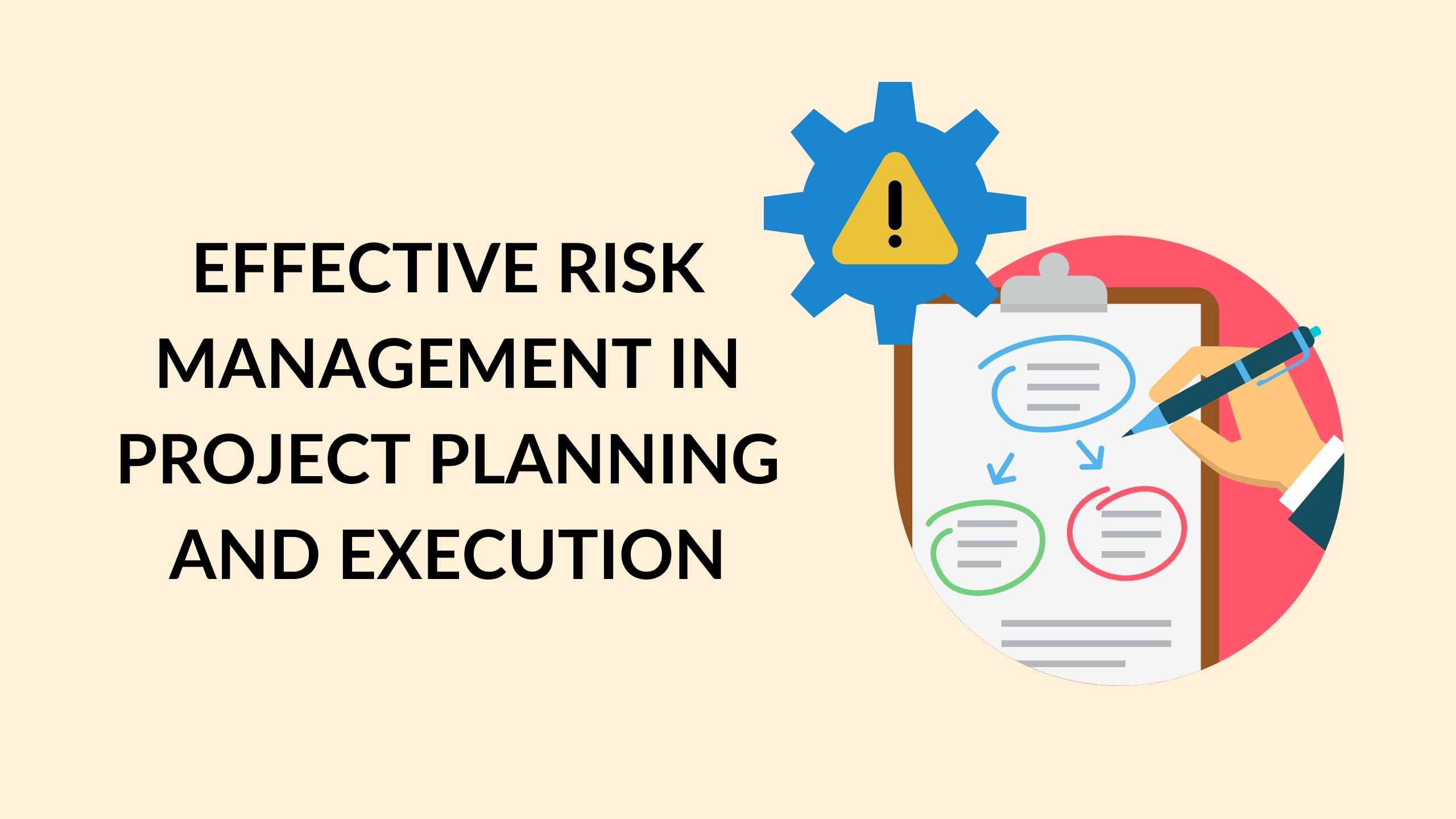Effective Risk Management in Project Planning and Execution


Effective Risk Management in Project Planning and Execution
Effective risk management is a crucial component of successful project planning and execution. A proactive approach to risk identification and mitigation ensures that your project stays on track, delivering results on time and within budget. In this article, we’ll delve into the importance of project risk management, the six essential steps involved, and when to employ this strategy.
When to Use Project Risk Management
A solid project risk management plan should be proactive rather than reactive. Ideally, it should be crafted during the project planning phase to identify potential risks and their impacts. This proactive stance allows for ongoing monitoring, preventing unexpected issues from derailing the project. In cases where a project is already underway, the theory of constraints can be applied to identify the weakest link and address associated risks.
The 6 Steps of Project Risk Management
1. Identify
To identify risks, create a comprehensive risk management plan by compiling a list of potential risk events. This involves interviewing stakeholders, brainstorming with your project team, documenting assumptions, checking existing checklists, and performing a risk assessment matrix. The risk register, a dedicated list of project risks, should be continually updated to include key details such as likelihood, probability of occurrence, impact severity, risk response plan, priority level, and the assigned risk owner.
Explore a sample risk register
2. Analyze
For each identified risk, analyze its likelihood, severity, and response plan. Severity analysis involves assessing how the risk will impact project objectives, including timeline, budget, and deliverables. The response plan outlines the actions your team will take to address the risk.
See an example of risk analysis
3. Prioritize
Prioritizing risks involves assessing which risks are most likely to occur and have the most potential impact on project success. The highest priority risks are those with both a high probability of occurrence and high severity.
Check out a prioritized risk register
4. Assign
While optional, assigning a risk owner early in the process is recommended. This individual monitors the risk and takes the lead in developing a risk mitigation plan.
5. Monitor
Active monitoring is crucial throughout the project’s duration. Regular status updates, asynchronous check-ins with individual risk managers, and updates to the risk register ensure that potential issues are promptly addressed.
Explore a risk register for monitoring
6. Respond
If a risk materializes, it’s time to respond. With a well-established risk management plan, your team can swiftly implement the contingency plan and navigate through unexpected challenges.
Learn about the risk management process steps
Conclusion
In conclusion, implementing an effective risk management plan is instrumental in preparing your team for unexpected events. While not every project requires an extensive plan, complex initiatives with significant investments of time and resources benefit greatly from proactive risk management. By staying vigilant, prioritizing risks, and responding promptly when needed, your project can navigate uncertainties and achieve success.
For more insights into risk management strategies and planning, explore additional resources:
- Capterra – Risk Management Plan
- Uppwise – Risk Management in Project Execution
- Capterra – Risk Management Strategies
- OpenTextBC – Project Management Chapter 16
- ProjectManager.com – Risk Management Process Steps





